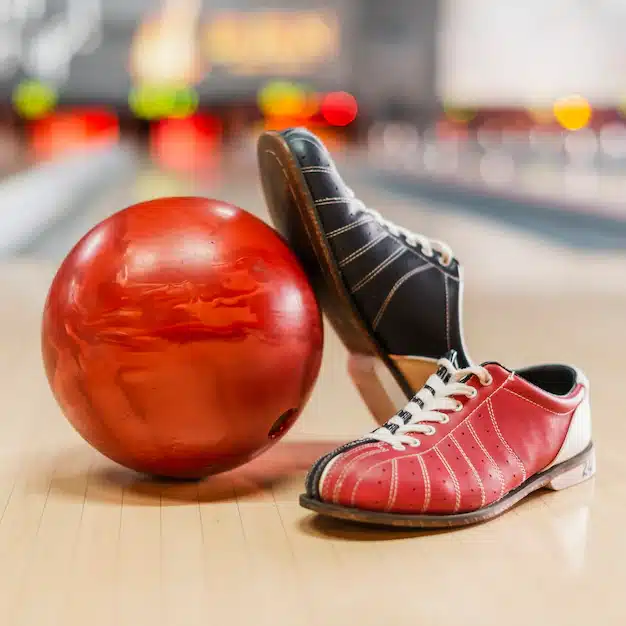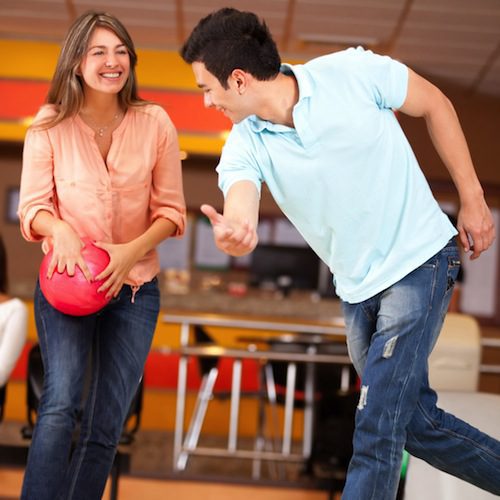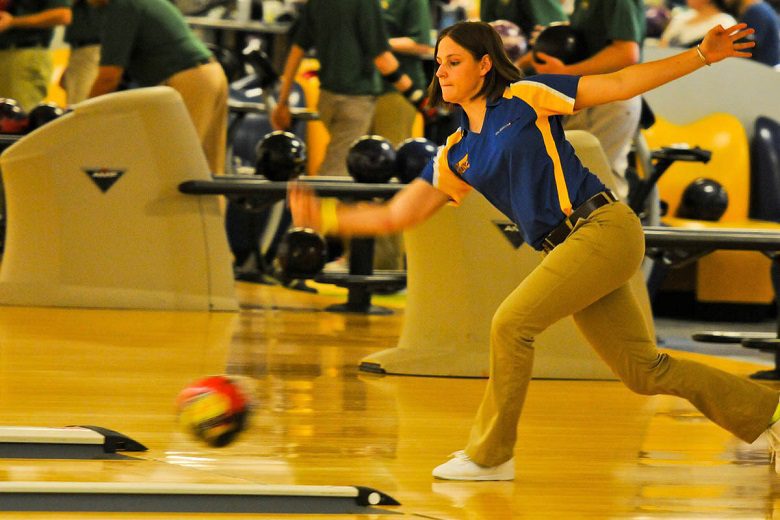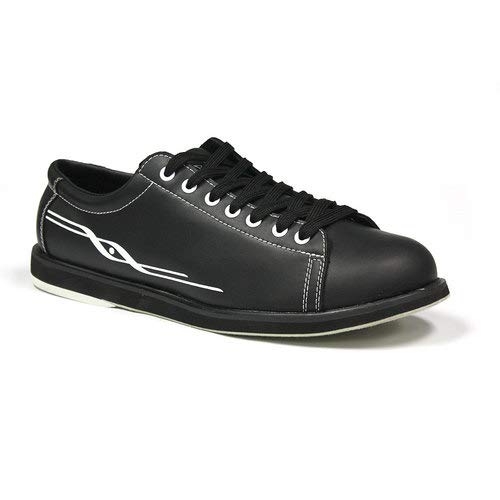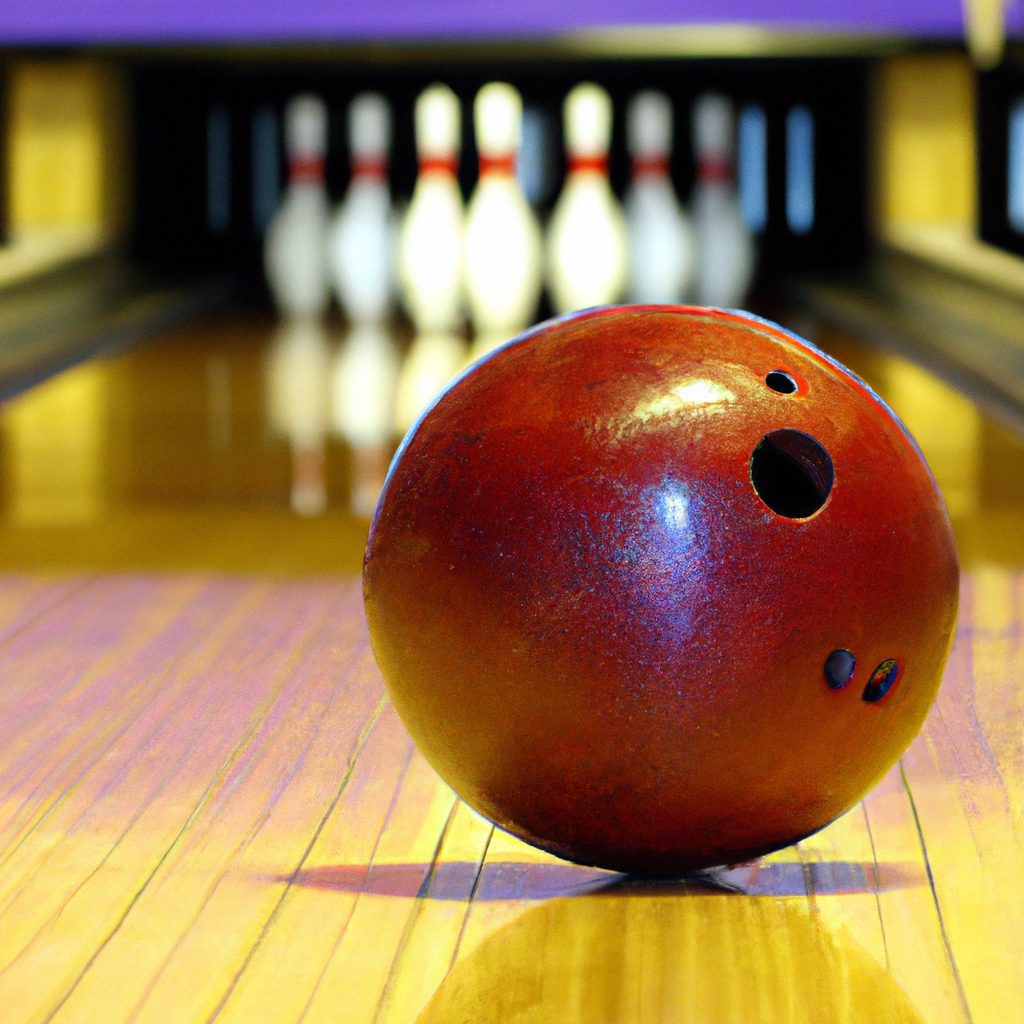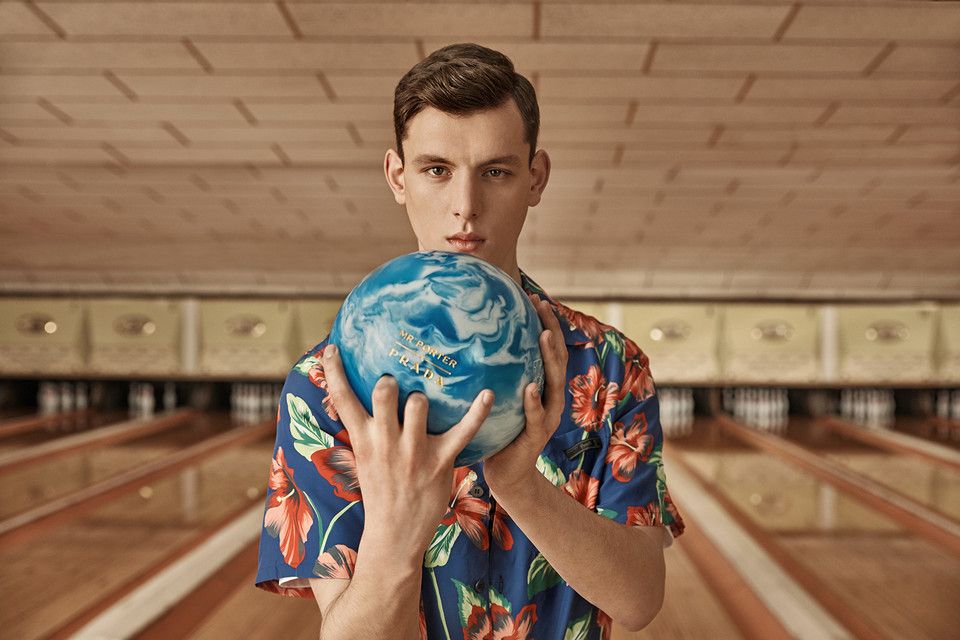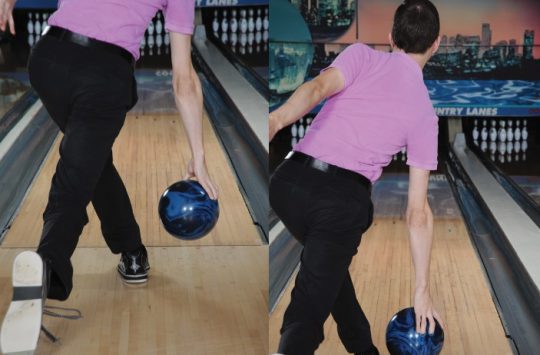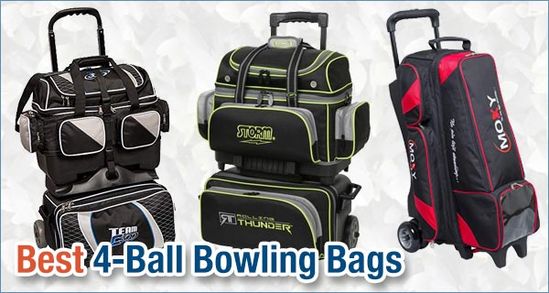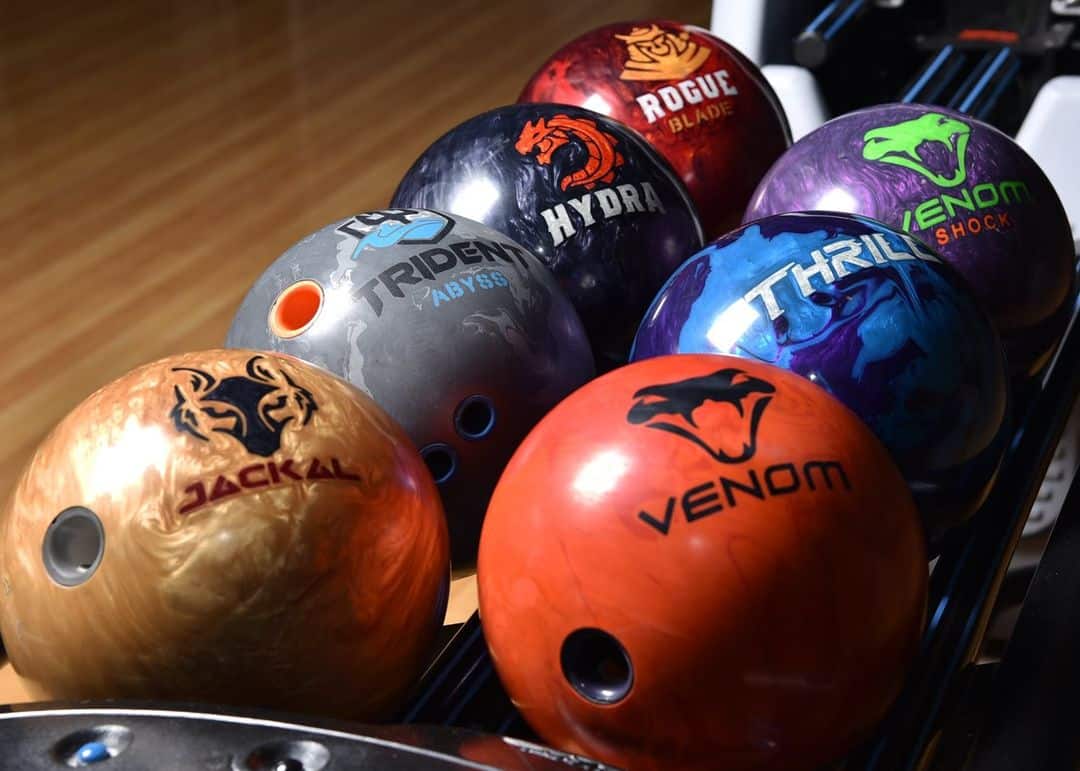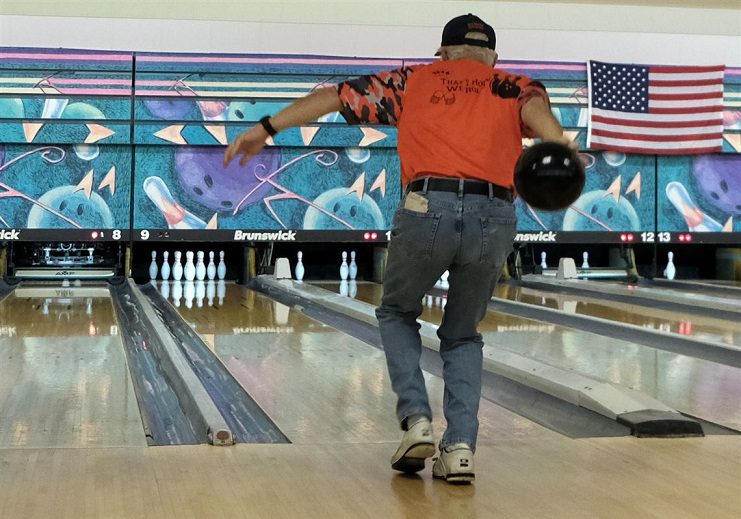Have you ever wondered where exactly you should be aiming when trying to curve a bowling ball? The answer may seem obvious – aim for the pins, right? But the truth is, it’s not that simple. In this article, we will explore the art of curving a bowling ball and uncover the secret to achieving that perfect curve. So if you’ve ever struggled with getting the ball to hook just right, stay tuned – we’ve got some expert tips and advice just for you.
This image is property of i.ytimg.com.
Review contents
Understanding the Basics of Curving a Bowling Ball
Curving a bowling ball is a skill that many bowlers aspire to master. It can add an exciting element to the game and increase your chances of knocking down more pins. To successfully curve a bowling ball, there are several important factors to consider. In this article, we will explore the basics of curving a bowling ball, including the importance of ball speed, rev rate, axis tilt and rotation, and adjusting your delivery position.
The Importance of Ball Speed
When curving a bowling ball, ball speed plays a crucial role in determining the path of the ball. The faster the ball travels down the lane, the less time it has to hook. Conversely, a slower ball speed allows for more hook potential. It’s important to find the right balance between speed and hook potential to maximize your chances of hitting the pocket consistently.
To achieve the ideal ball speed for curving a bowling ball, practice is key. Experiment with different release techniques and adjust your approach speed accordingly. Additionally, consider the lane conditions and adjust your ball speed accordingly. If the oil pattern is heavy, a slower ball speed may be required to allow the ball to properly grip the lane and hook.
The Importance of Rev Rate
In addition to ball speed, rev rate also plays a significant role in curving a bowling ball. Rev rate refers to the number of revolutions the ball makes per minute. A higher rev rate translates to a stronger hook, while a lower rev rate produces a more subtle curve.
To increase your rev rate, focus on cupping your wrist at the release point and generating a strong snapping motion with your fingers. This will create more rotation on the ball, resulting in a higher rev rate. Practice exercises such as releasing the ball with only two fingers can also help improve your rev rate.
The Role of Axis Tilt and Rotation
Axis tilt and rotation are two additional factors that contribute to curving a bowling ball. Axis tilt refers to the angle at which the ball rotates, while axis rotation indicates the direction of the tilt. Both of these factors influence the path of the ball as it travels down the lane.
To achieve a consistent and effective curve, it’s important to understand your axis tilt and rotation and make adjustments as necessary. Experiment with different hand positions and release techniques to find the optimal combination that produces the desired curve. Working with a bowling coach or instructor can be invaluable in fine-tuning your axis tilt and rotation.
Adjusting Your Delivery Position
Another crucial aspect of curving a bowling ball is adjusting your delivery position. The placement of your starting position on the approach can greatly influence the angle and trajectory of your shot. By moving left or right on the approach, you can create different angles and increase your chances of hitting the pocket.
If you’re aiming for a more pronounced hook, try moving slightly left of your usual starting position for a right-handed bowler (or slightly right for a left-handed bowler). This adjustment will allow you to target the pocket from a different angle, increasing the chances of a successful curve.
Choosing a Target on the Lane
Curving a bowling ball successfully also requires selecting the right target on the lane. There are several factors to consider when choosing a target, including the oil pattern, targeting the breakpoint, adjusting for lane conditions, considering the pin placement, and analyzing the ball reaction.
Finding the Oil Pattern
Before choosing a target, it’s essential to identify the oil pattern on the lane. Oil patterns can vary from one lane to another, and understanding the pattern will help you determine where to aim. Typically, bowling centers display oil patterns near the lane entrance, providing valuable information for bowlers.
Look for the oil pattern’s length and volume, as it will affect the ball’s path and hook potential. A longer pattern generally offers more skid, while a shorter pattern allows for more friction. Adjust your target accordingly to take advantage of these factors and maximize your chances of hitting the pocket consistently.
Targeting the Breakpoint
The breakpoint is the point on the lane where the ball begins to hook and change direction. It’s an important reference point for targeting. Different oil patterns and lane conditions will influence the position of the breakpoint, so it’s crucial to be aware of its placement.
To target the breakpoint accurately, visualize an imaginary line extending from your starting position to the breakpoint. Aim for a specific board or marker on the lane that aligns with the desired breakpoint. By consistently hitting the same target, you can increase your chances of unlocking the perfect curve.
Adjusting for Lane Conditions
Lane conditions are dynamic and can change throughout a game or practice session. Factors such as the amount of oil on the lane, its distribution, and the overall breakdown of the oil pattern can significantly impact your ball’s performance.
When the lane conditions change, you may need to adjust your target accordingly. For example, if you notice that the ball is sliding too much and not hooking enough, targeting towards the inside of the lane may help increase the hook potential. On the other hand, if the ball is hooking too much, targeting towards the outside of the lane may be necessary.
Considering the Pin Placement
The pin placement on the lane can also influence your target selection. Pins are strategically placed to create different challenges and angles for bowlers. Pay attention to the pin placement and adjust your target accordingly to optimize your chances of striking.
If the pins are positioned closer to the left or right side of the lane, adjust your target towards the opposite side to create an angle that maximizes pin carry. Consider the pin placement as an additional factor in your decision-making process when choosing a target.
Analyzing the Ball Reaction
Throughout a bowling session, it’s important to analyze the ball reaction to fine-tune your targeting. Pay close attention to how the ball reacts when it hits the pocket. Does it consistently hit the desired target marker? Does it hook too early or too late? Evaluating the ball’s reaction can provide valuable insights for adjusting your target.
If the ball consistently misses the target, adjust your position and aim slightly towards the direction it consistently misses. Alternatively, if the ball hits the pocket but fails to carry the pins effectively, consider adjusting your target towards the side where you see the most pin action.
Stay tuned for Part 2 of this article, where we will delve into the role of the arrows and dots, the three basic curves, targeting for right-handed and left-handed bowlers, fine-tuning aim and delivery, key factors for consistent aim, common mistakes to avoid, seeking professional advice, and practicing and developing your skill!
This image is property of i.ytimg.com.






![Spare bowling ball Top 10 in 2024. (reviews) Top 10 Best Spare Bowling Balls [2021 Reviewed]](http://landofbowling.com/wp-content/uploads/2021/07/Top-10-Best-Spare-Bowling-Balls-2021-Reviewed.jpg)







